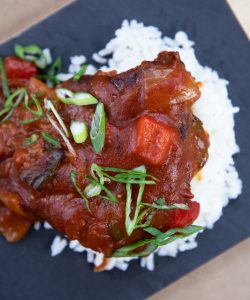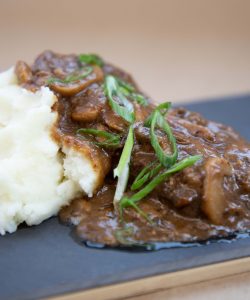There comes a point in every grill master’s journey when they have to learn the art of cooking steak. With so many cuts of steak, a novice might be bewildered to the point of giving up. Sound familiar? Thankfully, our team is made up of expert butchers and advanced grill masters to guide you on your journey. Here’s a quick guide to help you understand different cuts of steak and how to cook them.
Ribeye

A Ribeye has beautiful marbling and fat caps that lock in that steak flavor. Ribeyes also provide a good amount of chew. If you’re a meat-eater at heart, a Ribeye would be a good option.
How to Cook:
Charcoal flames, a cast iron pan, or a hot broiler will do the trick. Because of their fat content, Ribeyes can be cooked past medium.
Porterhouse
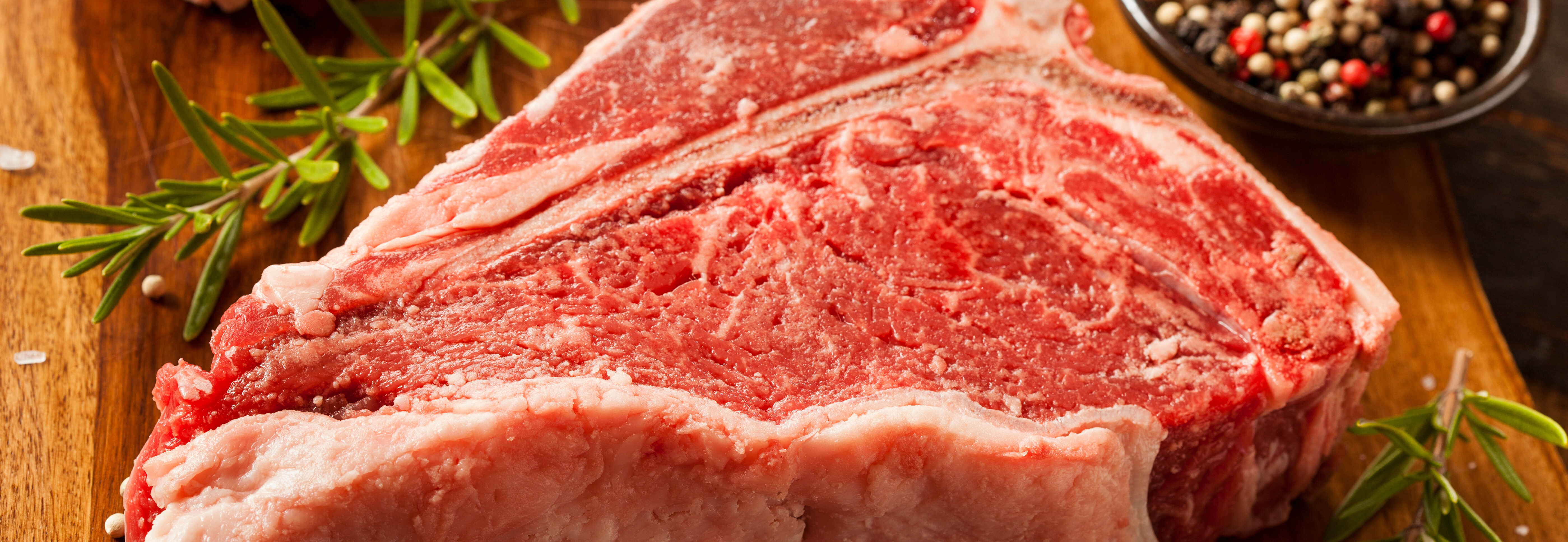
Otherwise known as the T-Bone, Porterhouses’ have t-shaped bones that separate the tenderloin steak and New York Strip. Porterhouses are great if you’re cooking for two with different tastes in steak.
How to Cook:
Porterhouses are best if they are grilled or broiled. Cast iron tends not to be a great option; when the meat heats up, it shrinks, causing the bone to touch the pan instead of the meat itself. When cooking, make sure the tenderloin side is exposed to less heat.
New York Strip
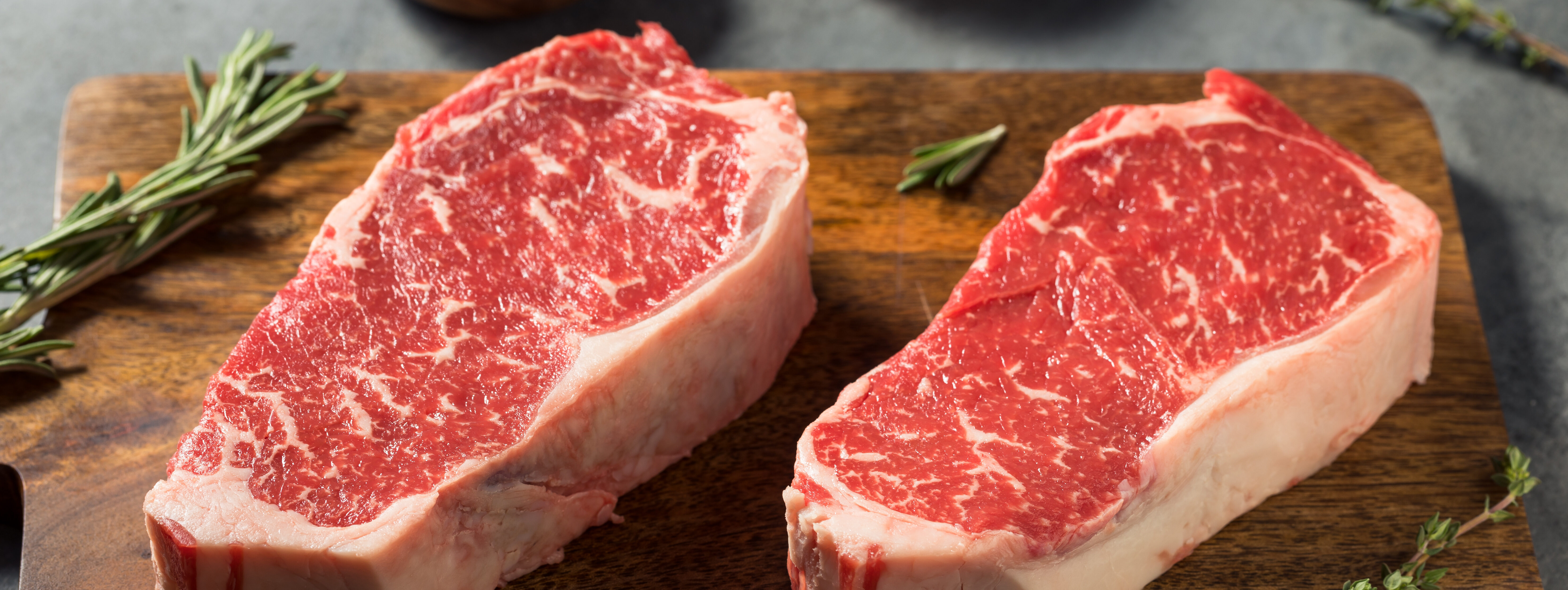
The price point of New York Strips makes them a great option for weekly meals. NY Strips offer more chew and less marbling, offering a good mix of flavor, tenderness, and price.
How to Cook:
Like a Ribeye, NY Strips can be cooked any way. However, they are leaner and less resilient to overcooking.
Tenderloin
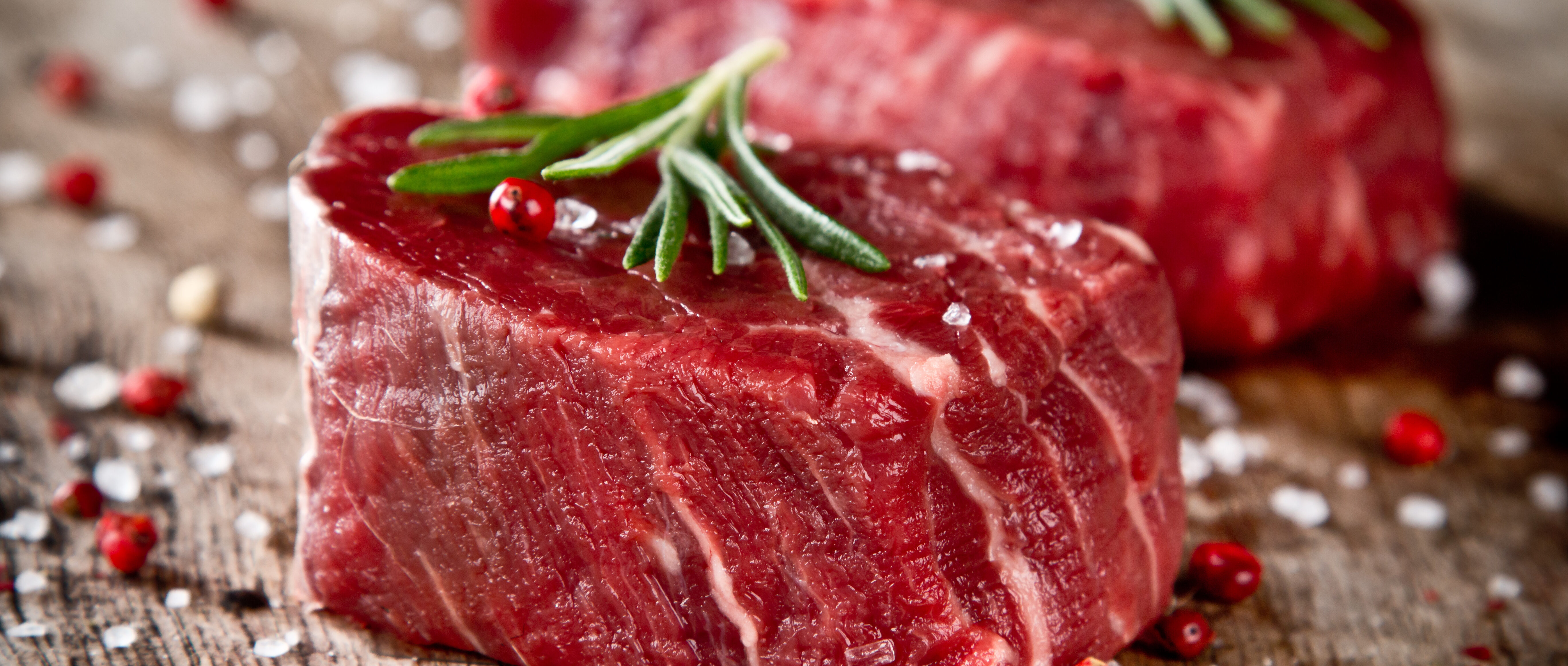
Tenderloins are lean and lower in fat, giving them a mild flavor and soft, buttery texture. If you prefer an easier chew over flavor, this is the steak for you.
How to Cook:
Tenderloins are versatile when it comes to cooking. Using a sous-vide method is a good option because it helps preserve the little fat the steak has to offer.
Flank Steak
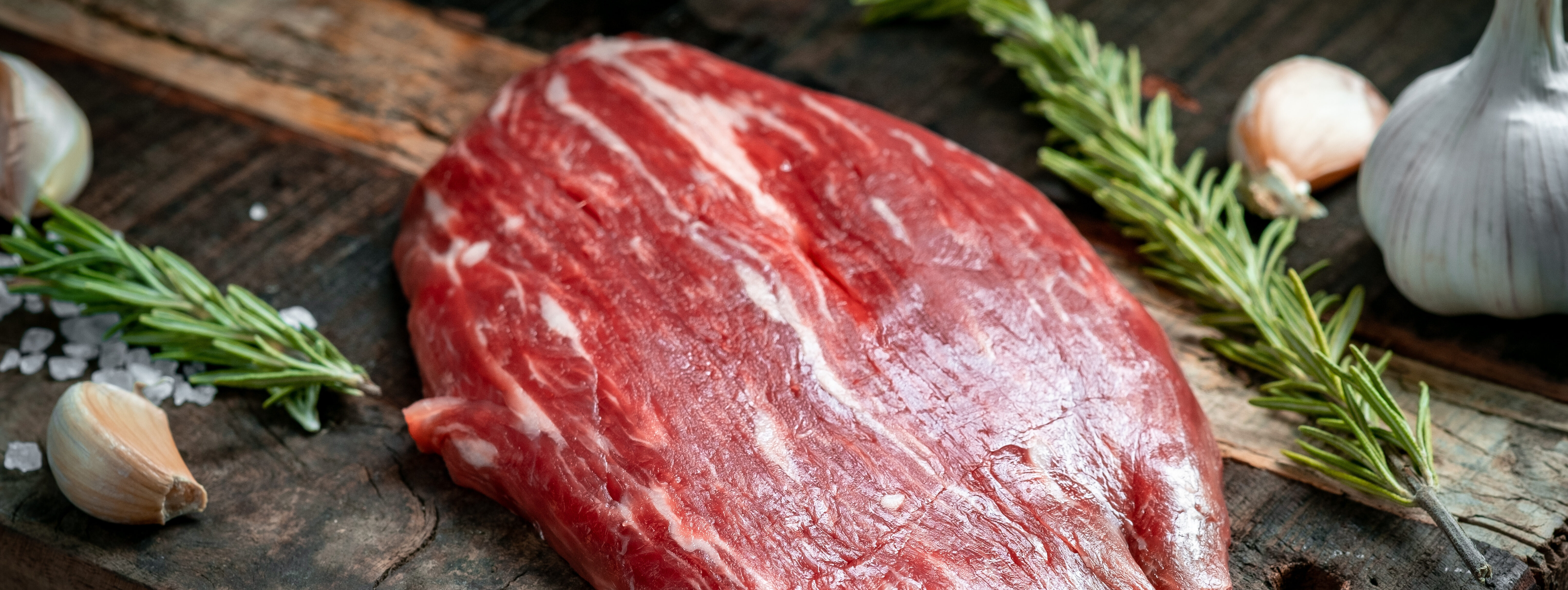
Flank Steak has grown in popularity over the past years due to how great it is for fajitas. Flank Steak is hard to chew when it isn’t prepared properly, so cooking is important. Tip: when cutting, be sure to slice thin and against the grain.
How to Cook:
Flank Steak can be grilled, cooked in a cast-iron pan, or broiled. No matter which method you use, be sure to use hot heat to make sure the outside is charred before overcooking.
Round Steak & Swiss Steak
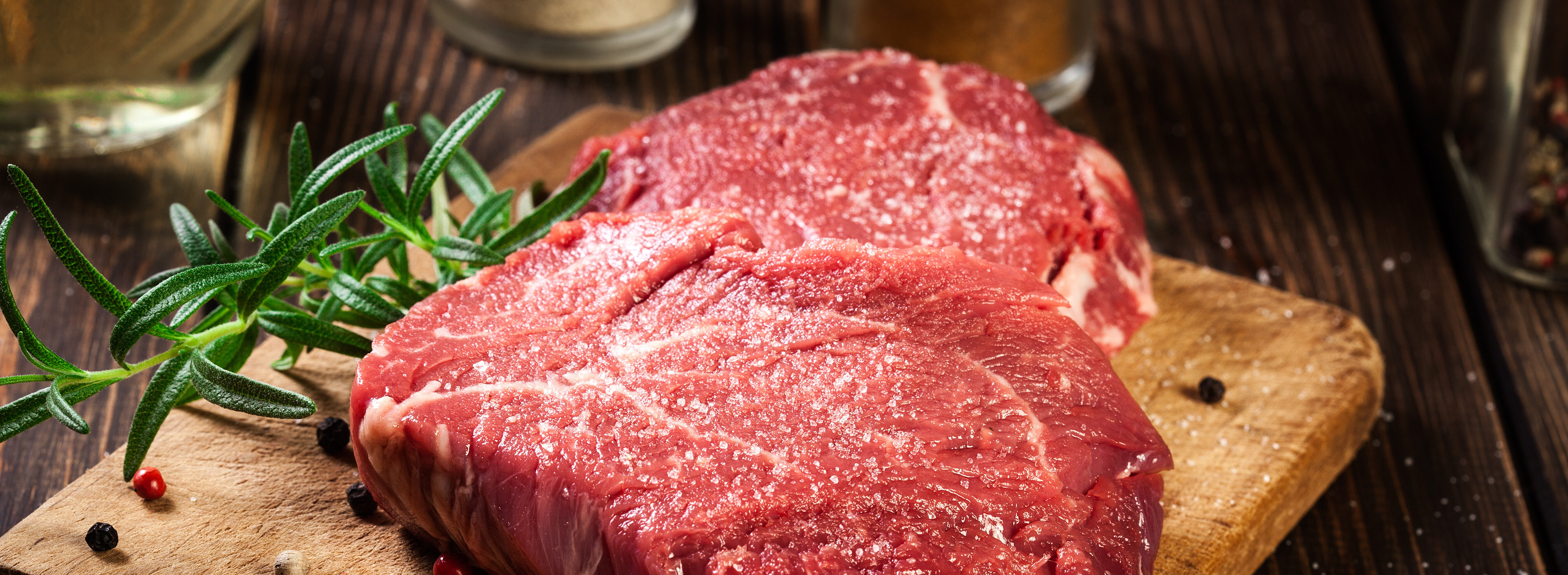
Round Steak and Swiss Steak come from the same cut; however, the main difference is that Swiss Steak is tenderized. Tenderizing not only makes Swiss Steak more tender and delicate but also allows it to hold more seasoning and breading. When it comes to making meals like fajitas or beef tips, Round Steak is your best bet.
How to Cook:
The best way to cook Round or Swiss Steak is to braise it and slowly cook it in the oven.
Flat Iron Steak
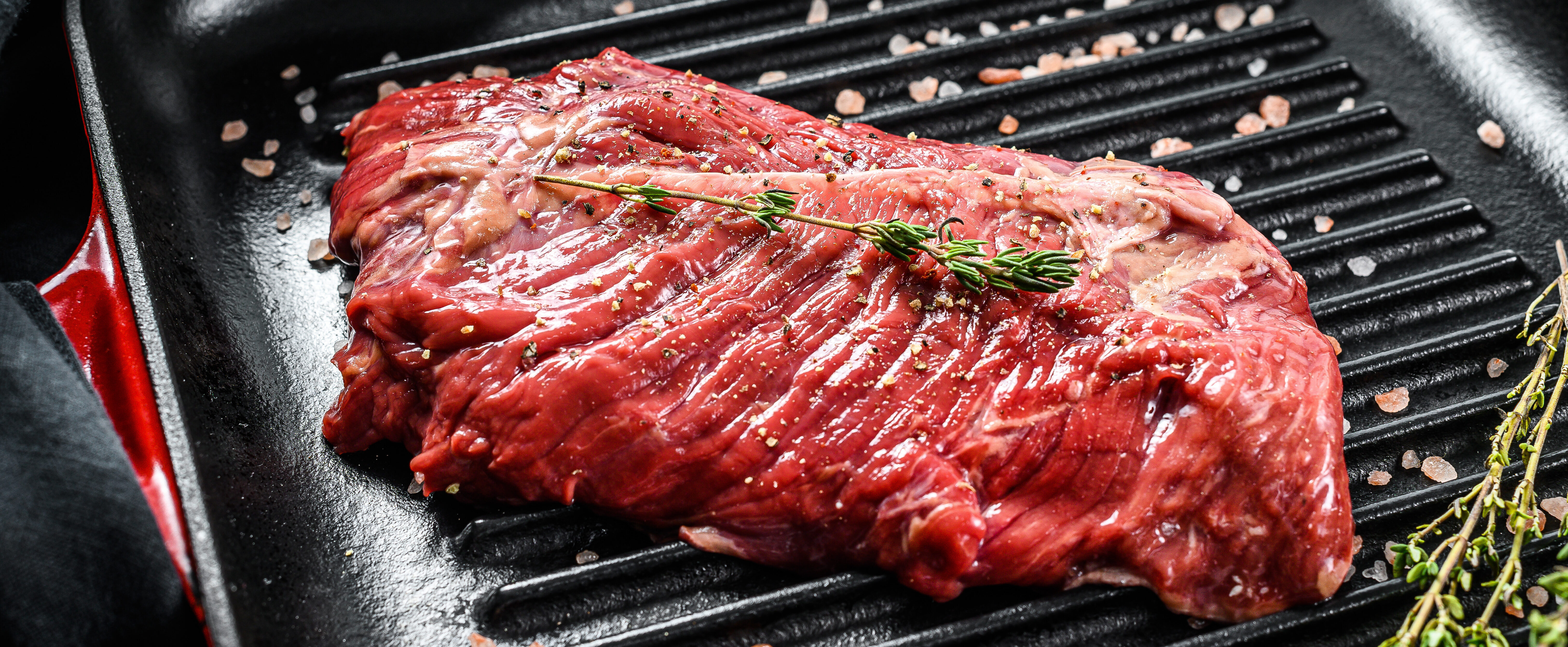
Flat Iron Steak has a great steak flavor for a relatively reasonable price, making it great for stir fry or recipes that call for thinly sliced beef.
How to Cook:
Grilling, broiling, or pan-searing are all great ways to cook Flat Iron Steak.
There you have it; a quick guide to steaks and how to grill them! If you have any questions along your journey to grill mastery, reach out to one of our butchers!

